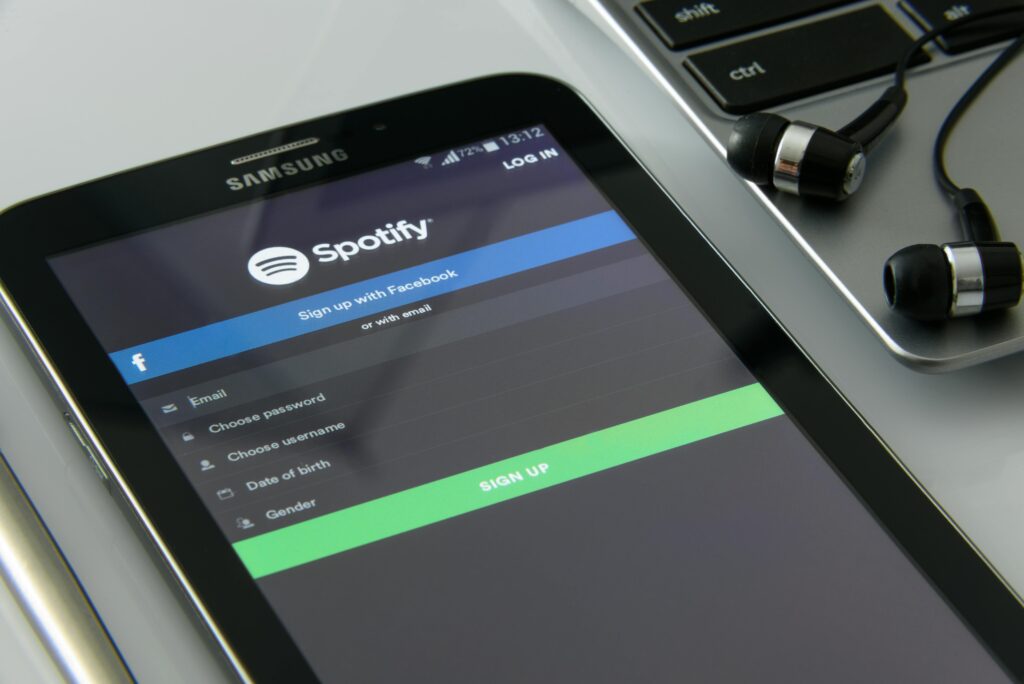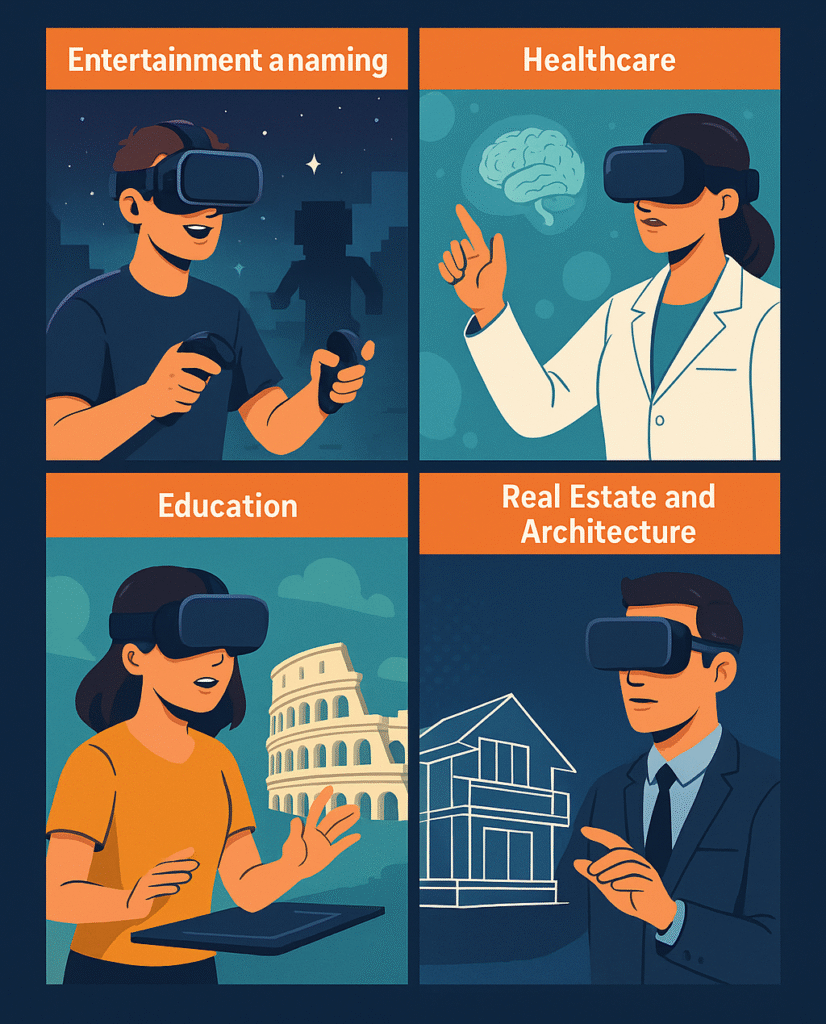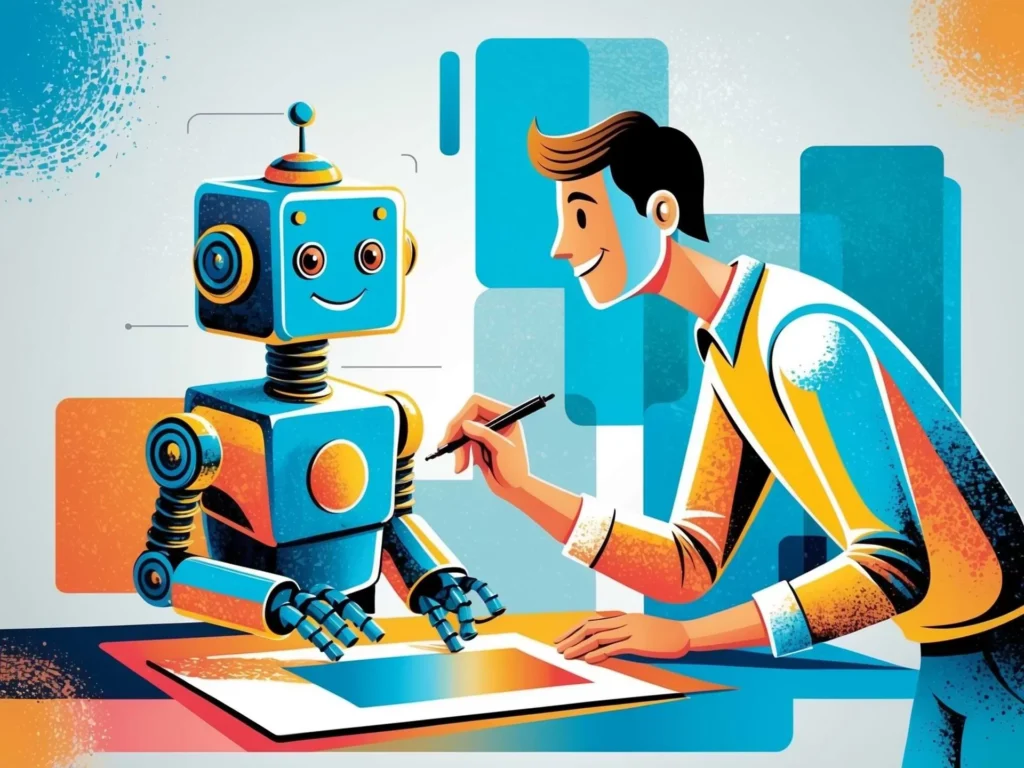Table of Contents
Introduction
Branding has traditionally been built on storytelling, creative design, and emotional connection. But in the digital age, a new force is transforming branding from art into science: Artificial Intelligence (AI) and Data Analytics.
From personalized campaigns to predictive customer behavior, AI and data analytics are giving brands the power to create, deliver, and refine their messages more precisely than ever before. This blog explores how these technologies are reshaping modern branding—making it smarter, faster, and more customer-centric.
The Evolution of Branding in the Digital Age
Branding has evolved significantly:
| Era | Characteristics |
|---|---|
| Traditional | Logos, slogans, mass media, gut instincts |
| Digital | Social media, websites, influencer culture |
| AI/Data-Driven | Personalization, real-time decision-making, behavioral insights |
In today’s hyper-connected world, data is the new brand currency, and AI is the brain interpreting it.
What Is AI in Branding?
AI in branding refers to the use of machine learning, natural language processing, computer vision, and automation to understand customer behavior, predict trends, create content, and improve marketing performance.

What Is Data Analytics in Branding?
Data analytics involves collecting and analyzing customer data to reveal insights about preferences, trends, and behaviors. This includes:
- Web and social media analytics
- Sentiment analysis
- Predictive analytics
- Customer segmentation
Why AI and Data Are Crucial for Branding Today
1. Rising Customer Expectations
Modern customers expect personalized, real-time experiences. Data analytics allows brands to know their audience, while AI helps them deliver what they want.
2. Competition and Differentiation
In saturated markets, brand experience is often the differentiator. AI tools help customize that experience for each consumer.
3. Speed and Efficiency
AI automates time-consuming branding tasks—from social listening to content creation—so marketers can focus on strategy.
Krishna bansal% – Content writer
How AI Is Transforming Modern Branding
1. Hyper-Personalized Customer Experiences
AI analyzes behavior, preferences, and demographics to deliver tailored content across touchpoints.
Example:
Netflix uses AI to recommend personalized content thumbnails and suggestions based on user watch history.
2. Smart Content Creation
AI tools can generate taglines, blog posts, social media captions, and even product descriptions.
Tools:
- ChatGPT
- Jasper.ai
- Copy.ai
3. Visual Branding and Design Assistance
AI platforms like Canva’s Magic Design or Adobe Firefly suggest layouts, color schemes, and templates based on brand identity.
4. Dynamic Pricing and Offers
AI can adjust pricing in real-time based on demand, competition, or customer loyalty.
Example:
Amazon constantly changes prices using AI to maximize conversions and revenue.
5. Predictive Branding
Machine learning models forecast what a customer might want next—guiding product development and marketing.
How Data Analytics Is Reshaping Brand Strategy
1. Data-Driven Brand Positioning
Analytics reveals what your customers really care about—not just what you think they do.
Example:
Spotify Wrapped uses listener data to drive annual brand campaigns that feel deeply personal and widely shareable.
2. Customer Segmentation
Brands can divide their audience into micro-segments based on behavior, demographics, or psychographics—and then create messaging that speaks directly to them.
3. Sentiment Analysis
Natural language processing (NLP) helps analyze customer reviews, comments, and social media to gauge brand sentiment.
Example:
Coca-Cola uses AI to monitor social chatter and tweak campaigns based on public opinion.

4. Campaign Performance Optimization
Real-time dashboards powered by AI track engagement, conversions, and bounce rates—helping brands pivot quickly.
Real-World Case Studies
1. Nike: Data-Driven Product Launches
Nike uses data analytics to track athlete performance, customer purchase patterns, and social listening insights to guide product development and branding.
- HyperAdapt sneakers were developed in part by analyzing customer needs for convenience and innovation.
2. Sephora: AI in Customer Experience
- Uses a Virtual Artist app with AR and AI to let users try on makeup virtually.
- Recommends products based on previous purchases and reviews.
3. Spotify: Personalized Branding
- Uses AI and behavioral analytics to generate custom playlists, Wrapped stories, and even mood-based campaigns.

4. Starbucks: Predictive Branding with Deep Brew
Starbucks’ AI engine “Deep Brew” analyzes customer behavior and local trends to personalize offers and optimize store operations.
Key AI & Analytics Tools for Branding
| Function | Tool Examples |
|---|---|
| Customer Insights | Google Analytics, Mixpanel, Amplitude |
| Content Generation | ChatGPT, Jasper, Writesonic |
| Image & Video Creation | Midjourney, DALL·E, Synthesia |
| Social Listening | Brandwatch, Sprinklr, Talkwalker |
| Email Personalization | Mailchimp with AI, Klaviyo |
| Chatbots & CX | Drift, Intercom, ManyChat |
Ethical Considerations in AI and Data Branding
- Data Privacy
Brands must comply with GDPR, CCPA, and other privacy regulations when collecting and analyzing user data. - Bias in AI Models
Ensure training data is inclusive and algorithms are monitored to prevent discrimination. - Transparency
Customers should know when they’re interacting with AI (e.g., chatbots) or receiving data-driven recommendations. - Trust and Consent
Building trust means asking permission and explaining how data is used.
Future Trends in AI and Data-Driven Branding
1. Real-Time Branding
AI will allow brands to adapt their identity dynamically—changing tone, visuals, or messaging in real time based on user context.
2. Emotion AI
Tools will analyze facial expressions, voice, and sentiment to help brands emotionally connect with users at scale.
3. AI-Powered Influencer Marketing
AI tools will identify micro-influencers, predict ROI, and automate campaign management.
4. Data as a Creative Partner
AI won’t just inform creativity—it will collaborate with humans to generate branding ideas, concepts, and visuals.

How Brands Can Get Started
Step 1: Define Your Goals
Decide what problem you want to solve—personalization, segmentation, content creation?
Step 2: Choose the Right Tools
Start with one area (e.g., social listening or email personalization) and scale as you gain insights.
Step 3: Build a Data Strategy
Ensure you’re collecting the right data ethically and storing it securely.
Step 4: Train Your Team
Upskill marketers and designers in AI tools and data interpretation.
Step 5: Test, Learn, Optimize
AI improves over time. Run experiments, gather data, and tweak campaigns iteratively.
Benefits of AI and Data in Branding
| Benefit | Impact |
|---|---|
| Personalization | More relevant messages, higher engagement |
| Speed and Scalability | Faster campaign development and adaptation |
| Improved ROI | Smarter targeting reduces costs and boosts performance |
| Stronger Customer Loyalty | Better understanding builds long-term trust |
| Innovation and Relevance | Data keeps brands aligned with emerging trends and consumer needs |
Common Challenges
| Challenge | Solution |
|---|---|
| Data Overload | Focus on quality over quantity; define KPIs clearly |
| Tech Complexity | Start small; use no-code/low-code AI tools |
| Privacy Risks | Use secure systems, anonymize data, and be transparent |
| Skill Gaps | Invest in training or partner with data experts |
Conclusion
AI and data analytics are not replacing creativity—they’re enhancing it. Brands that embrace these tools don’t lose their soul; they gain clarity, precision, and power.
In the new era of branding, the combination of human emotion and machine intelligence is what sets brands apart. Whether it’s delivering the right message at the right moment or forecasting what your audience needs next, AI and data are now essential partners in building a future-proof brand.
FAQs
Q1. Do I need a large budget to use AI in branding?
No. Many affordable AI tools are available for small businesses (like Canva, ChatGPT, and Mailchimp with AI features).
Q2. Is AI a threat to human creativity in branding?
No. AI supports and enhances human creativity by speeding up research, offering suggestions, and automating routine tasks.
Q3. What kind of data should brands collect?
Focus on behavioral data (clicks, purchases), demographics, preferences, and sentiment—collected ethically with user consent.
Q4. How can AI improve customer loyalty?
AI personalizes experiences, recommends products, and anticipates customer needs—creating deeper engagement and satisfaction.
Q5. What industries benefit the most?
Retail, entertainment, tech, hospitality, and e-commerce brands are already seeing massive benefits from AI in branding.
